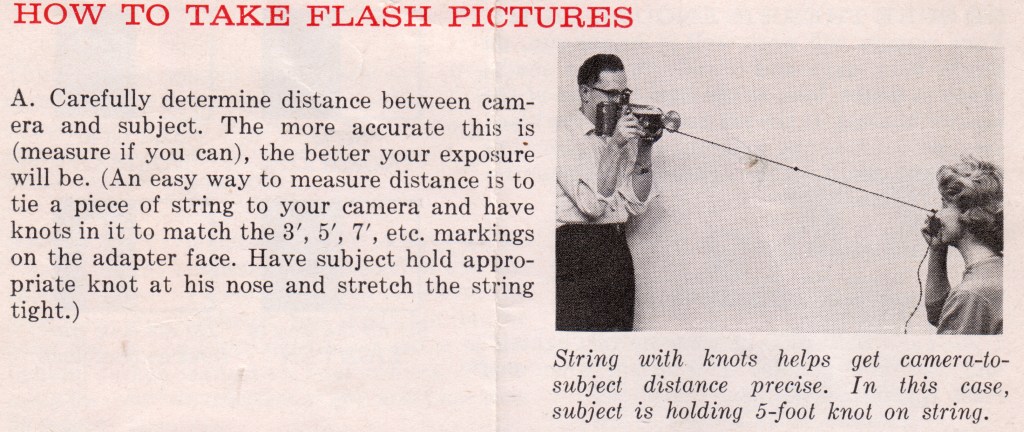| Roll film: | |||||||||
| 100 Series: | |||||||||
| 200 Series: | |||||||||
| 300 Series: | |||||||||
| 400 series: | |||||||||
| Newer style: | |||||||||
| SX-70: |
| Roll film: | |||||||||
| 100 Series: | |||||||||
| 200 Series: | |||||||||
| 300 Series: | |||||||||
| 400 series: | |||||||||
| Newer style: | |||||||||
| SX-70: |
Edwin Land set in motion the SX-70 project back in 1944 when his daughter asked "Why can't we see them now?" He quickly developed the first roll film camera, and though these cameras presented the reality of instant pictures, they were difficult to use. Manual exposure controls required the use of a light meter, and flash photos were difficult to expose correctly without taking many careful steps.

These cameras were also quite heavy and required a complicated process loading the film. Developing the film required pulling a tab, flipping a switch, ripping off the extra paper, and opening a door on the back of the camera to peel off the print. The first inkling of an automatic camera came with their model 800.
Series 100 pack film cameras represented a big jump in the ease of use of instant cameras. The film pack was easy to load, not too complicated to develop, and produced color pictures. The camera itself was also much easier to use as the exposure settings became largely automatic, even with flash. Taking a photo became just a 3 step process. But using a flash required connecting the flash unit correctly and inserting an unused flash bulb/cube. And developing the picture still took 3 or 4 steps along with timing the development, and even coating the picture if you were using type 107 film.
The SX-70 camera represented the apex of Land's development of the instant camera. The camera simply had to be opened, focused, and the shutter pressed. Everything else was taken care of. The film ejected itself automatically and the development was self timed. Later versions of the SX-70 camera included sonar autofocus, which alleviated the user from having to focus. This was the first "one step" camera which produced an instant picture with just aiming and shooting the picture.
But pack film cameras retained their following because of the film itself. Integral film used in SX-70 and later cameras produced a thick, plastic type print which had a large white border at the bottom, giving it the signature Polaroid look. These photos could not be cut and did not feel like a normal photo. Although integral film grew in popularity, pack film retained it's use when a high quality, cropable print was required, such as taking photos for passports.
600 series cameras represented a small step in one step photography by integrating the flash unit into the camera and using higher speed film. Spectra cameras did not introduce much innovation, though the cameras had a few more features than 600 series cameras. And Captiva cameras were just smaller versions of the integral film cameras.
Polaroid situated itself squarely at the lower end of the consumer market. The bulk of their cameras featured automatic exposure, were plastic bodied, and were inflexible when it came to accessories such as filters. Regardless, they were well built and many still survive today. Take time to browse though these cameras. It can be a study in marketing to observe what features were presented to the consumer with each series of camera that was introduced.